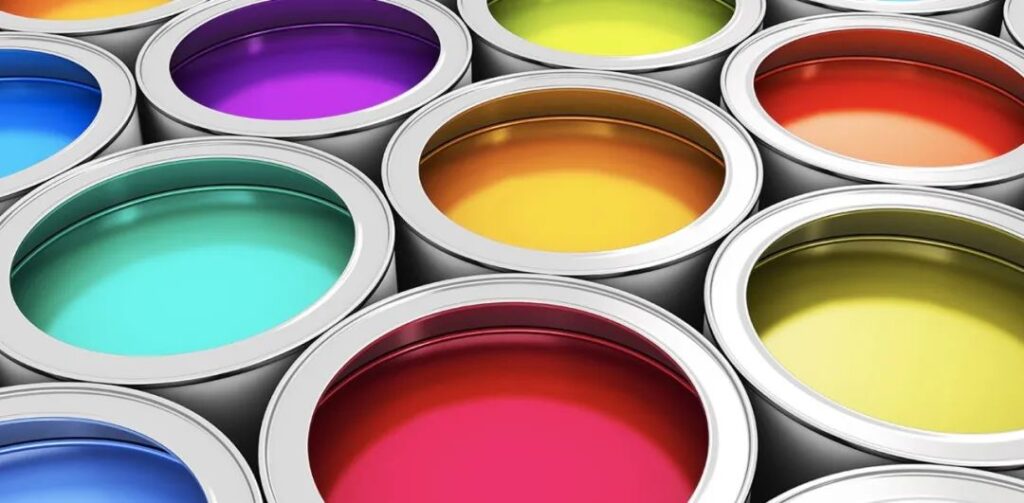Powdered disperse dyes have a higher dispersant content, accounting for about 60% of the total dye, and are mostly anionic; while liquid disperse dyes have a lower dispersant content, accounting for about 20% of the total dye. Available dispersant types There are many, including nonionic, anionic and hyperdispersants. Compared with powdered disperse dyes, the dispersant content of liquid disperse dyes is greatly reduced. Although it brings advantages to printing and dyeing such as increased dye uptake and reduced pollutants in printing and dyeing wastewater, it will also reduce dye grinding efficiency and liquid dye stability. Therefore, choosing the appropriate dispersant is critical for the preparation of liquid disperse dyes.
Anionic dispersant
The more commonly used anionic dispersants are naphthalene sulfonate dispersants and lignosulfonate dispersants. Representative dispersants of naphthalene sulfonates include dispersant NNO, dispersant MF and dispersant CNF. Their common characteristics are good wettability and dispersion, less foam, but poor suspension and thermal stability. Relatively speaking, dispersant MF and dispersant CNF are more suitable for the preparation of liquid disperse dyes. Lignosulfonate dispersants are sulfonated products of lignin, and their dispersibility is related to the degree of sulfonation. If the degree of sulfonation is low, the dispersant will disperse well; if the degree of sulfonation is high, the dispersant will have good thermal stability, and naphthalene series can be used. Sulfonate dispersants are compounded with lignin dispersants to improve the thermal stability of dyes.
When selecting a lignosulfonate dispersant, the type of disperse dye also needs to be considered. For low-temperature disperse dyes, since the molecular weight of the dye is small, the proportion of hydrophilic groups in the molecular structure is large, and the solubility in water is relatively large, lignosulfonate dispersants with medium and high molecular weight and medium and low sulfonation degrees can be used, such as C.I. For Disperse Blue 3 and Disperse Red 1, it can be inferred that the combination between the dispersant and the dye molecules is mainly hydrogen bonding; for medium-temperature disperse dyes, it is necessary to choose a dispersant with medium and high molecular weight, medium sulfonation degree or partially blocked hydroxyl groups, such as C.I. Disperse Red 60, Disperse Blue 56, Disperse Yellow 54, etc.; for high-temperature disperse dyes, it is necessary to choose a lignosulfonate dispersant with high molecular weight, medium and high sulfonation degree or partially blocked hydroxyl group. It can be speculated that the charge formation of the dispersant is used Electrostatic repulsion maintains the stability of the dye water dispersion system.
nonionic dispersant
Nonionic dispersants do not dissociate when dissolved in water. The hydrophobic groups in the molecules are roughly the same as those in ionic dispersants, while the hydrophilic groups are mainly composed of a certain number of oxygen-containing groups (hydroxyl, polyoxy Ethylene chain), has good compatibility with other surfactants. Nonionic dispersants can not only wet hydrophobic disperse dye particles in water through hydrophilic segments, and reduce the interfacial tension and interfacial energy between dye particles and water, but also use stretched hydrophilic segments such as polyoxyethylene. The chains form steric hindrance, giving the disperse dye aqueous dispersion better stability.
Of course, the hydrophobic group of the nonionic dispersant is also important for dispersion stability. The longer the hydrophobic carbon chain alkyl group, the stronger the hydrophobic force of the dispersant in water and the hydrophobic group interaction between the dispersant molecules. The stronger the adsorption at the interface between dye particles and water is beneficial to the stability of the liquid dye produced. Generally speaking, the longer the polyoxyethylene chain in the nonionic dispersant molecule, the greater the steric hindrance of the adsorption layer of the nonionic dispersant adsorbed on the surface of the disperse dye particles, so its dispersion stabilizing effect is also stronger. However, if it is too high, The EO number will make the dispersant too hydrophilic and reduce the adsorption of the dispersant on the surface of the dye particles, thereby affecting the stabilizing effect of the nonionic dispersant on the disperse dye.
Hyperdispersant
Hyperdispersants, also known as polymer dispersants, are currently mainly used for pigment dispersion. The main dispersion and stabilization mechanisms of hyperdispersants for pigments include electrostatic repulsion and steric hindrance. The hyperdispersant can form multi-point adsorption on the surface of the pigment, with high adsorption efficiency and is not easily affected by external factors such as temperature and salt. It can achieve obvious effects at lower concentrations. Therefore, it is widely used in the preparation of water-based pigments.
The molecular structure of hyperdispersants can be divided into two characteristic segments according to their properties and functions: anchoring segment and solvation segment. The anchoring segment generates various forces (such as hydrophobic force, ionic bond, hydrogen bond and van der Waals force) through the anchoring group and the pigment to prevent the hyperdispersant from falling off on the particle surface. The anchoring section can be selected or designed according to the surface properties of the powder (such as molecular structure size, polar group content, etc.) to ensure the firm adsorption of the hyperdispersant on the particle surface. The anchoring section generally accounts for a large proportion of the hyperdispersant structure. Only 10% to 20%. The adsorption between hyperdispersant and solid particles is irreversible and difficult to desorb, which is extremely beneficial to stable dispersion. The solvation section has good hydrophilicity or solubility, and mainly includes polyethylene glycol and polyacrylate. It achieves stable dispersion of the pigment aqueous dispersion through steric hindrance effect or electrostatic repulsion at the interface between the pigment particles and water. Most of the hyperdispersants used in existing water-based pigment processes are polycarboxylic acid dispersants, and non-ionic dispersants (such as polyoxyethylene derivatives, polyvinylpyrrolidone, etc.) are rarely used and studied.

